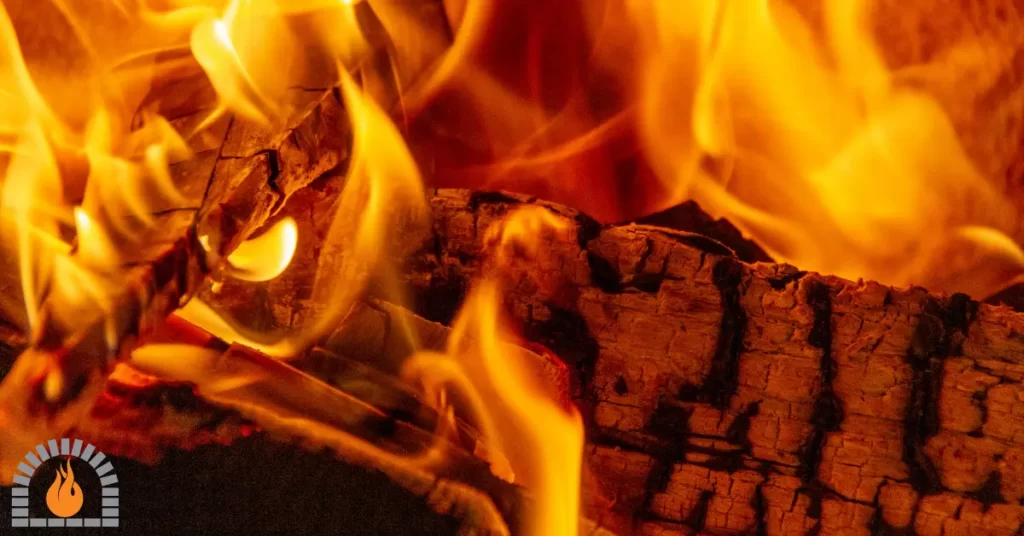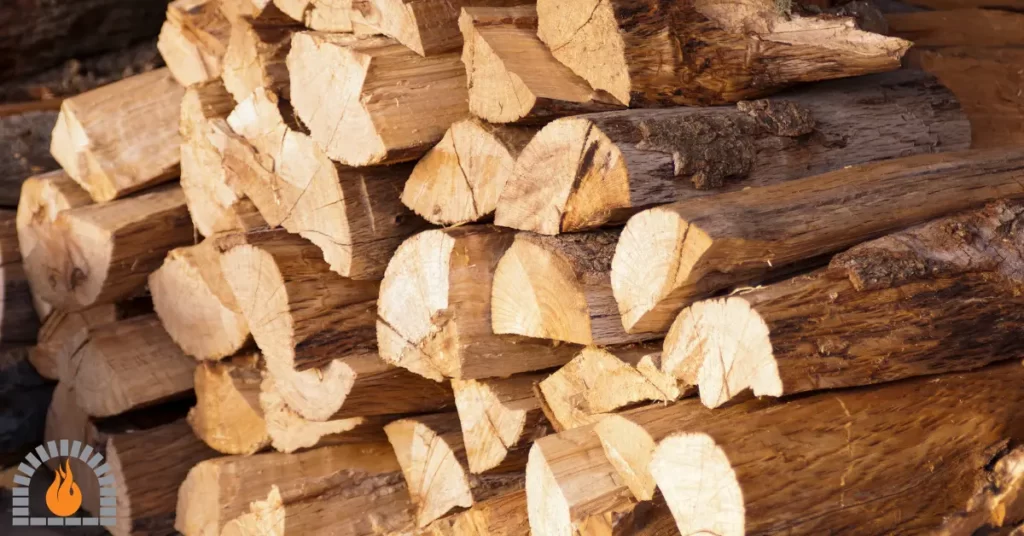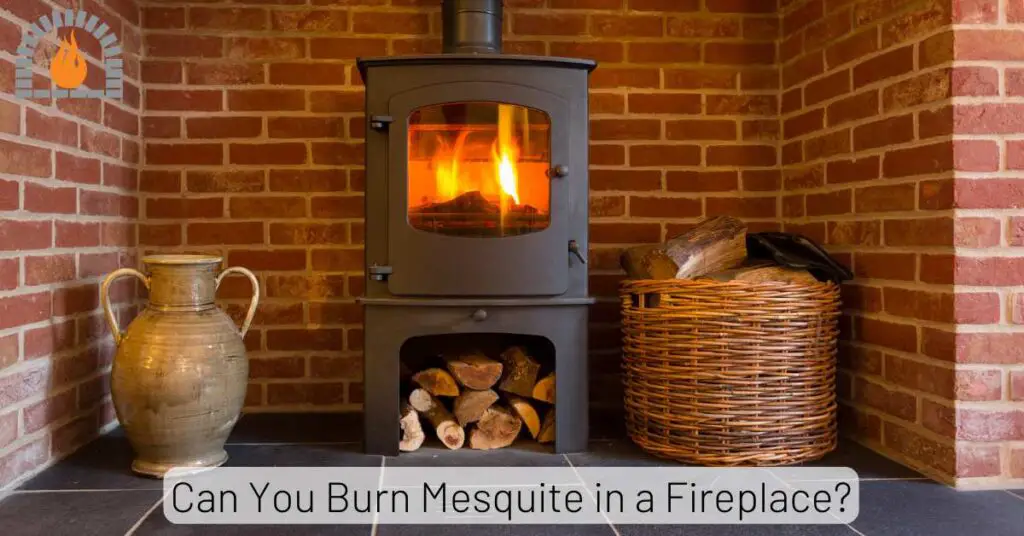In the realm of heating your home with a cozy fireplace or wood-burning stove, the choice of firewood plays a crucial role in both efficiency and overall satisfaction. One often overlooked yet increasingly popular option is Box Elder. However, the question remains: Is Box Elder good firewood?
Box Elder is a Low Density Firewood
Box elder is a low-density firewood with a lower energy content compared to hardwoods such as oak or hickory, making it less ideal for use as firewood. When burned, box elder wood produces less heat, requiring you to burn a larger quantity to achieve the same level of warmth.
Is Box Elder Good Firewood?
Box elder, scientifically known as Acer negundo, is generally considered lower quality firewood compared to other hardwoods. While it can be burned, it has some drawbacks that make it less desirable for firewood.
Box elder produces less heat when burned and has a lower BTU (British Thermal Unit) content compared to hardwoods like oak or hickory. It tends to burn quickly, and you may need to replenish the fire more frequently compared to using denser hardwoods.
The High moisture content of Box elder firewood makes it harder to ignite, produces more smoke, and reduces the overall efficiency of the fire.
| Box Elder Firewood Characteristic | Description |
|---|---|
| BTU (British Thermal Units) | Moderate; lower than some denser hardwoods. |
| Nature of Smoking | Moderate; may produce more smoke than some hardwoods. |
| Nature of Sparking | Low; tends to produce fewer sparks. |
| Ease of Splitting | High; relatively easy to split. |
| Ease of Seasoning | High; tends to season or dry quickly. |
| Coal Production | Moderate; may not form and maintain coals as well. |
| Ash Production | Moderate to high; more frequent ash removal may be needed. |
| Energy Content | Lower compared to some premium hardwoods. |
| Durability | Lower; may not last as long as denser hardwoods. |
| Resistance to Decay | Moderate; susceptible to decay if not properly stored. |
| Insect Resistance | Lower; may be more prone to insect infestations. |
| Cost | Economical; often available at a lower cost. |
| Overall Ambiance | Mild, pleasant scent when burned. |
| Recommended Use | Suitable for general heating needs, kindling, and ambiance. |
Can You Burn Box Elder?
Yes, you can use box elder as firewood. If box elder is your only available option, you can still use it for firewood. However, it is recommended to mix it with other denser hardwoods to enhance overall burning efficiency and heat output.
Ensure that the wood is properly seasoned to reduce moisture content and improve combustion. Always adhere to safety guidelines when using firewood in stoves or fireplaces.

Pros of Burn Box Elder as Firewood
-
Readily Available: Box elder trees are often abundant in many regions, making this type of firewood relatively easy to find and access.
-
Quick Seasoning: Box elder tends to season or dry relatively quickly compared to some other hardwoods. Properly seasoned firewood burns more efficiently and produces less creosote, reducing the risk of chimney fires.
-
Easy to Split: Box elder is known for being relatively easy to split, making it more accessible for those who need to process their firewood manually.
-
Minimal Sparking: Box elder tends to produce fewer sparks compared to some other types of firewood, which can be an advantage for safety.
-
Mild Pleasant Odor: When burned, box elder often gives off a mild, pleasant scent, enhancing the overall ambiance of a fire.
-
Good for Kindling: The lighter weight and easier splitting characteristics make box elder a good choice for kindling, helping to start and maintain a fire.
-
Economical Choice: Since box elder is often abundant and can be found at a lower cost than some premium hardwoods, it can be a cost-effective option for those looking to save money on firewood.
Related Post: Can You Burn Crepe Myrtle Wood?
Cons of Burn Box Elder as Firewood
-
Lower Energy Content: Box elder has a lower energy content compared to some denser hardwoods like oak or hickory. This means it may produce less heat per volume of wood, requiring more wood to achieve the same level of warmth.
-
Quick Burn: Due to its lower density, box elder tends to burn more quickly. This can result in the need for more frequent reloading of the fire, especially in colder weather.
-
Less Durable: Box elder is not as durable as some other hardwoods, and it may not last as long in terms of burn time. This means more frequent purchases or gathering of firewood.
-
Produces More Ash: Burning box elder tends to result in a higher ash production compared to some hardwoods. More frequent ash removal may be required to maintain efficient burning.
-
May Not Hold Coals Well: Box elder may not form and maintain coals as effectively as denser hardwoods. This could impact its performance in certain types of wood-burning appliances.
-
Potential for Rapid Decay: Box elder wood is susceptible to decay, and if the wood is not properly stored and protected from the elements, it may degrade more quickly, reducing its overall quality as firewood.
-
Less Resistant to Pests: Box elder may be more prone to insect infestations and pests, which can affect the quality of the wood and potentially introduce pests into the living space.
-
Can Produce More Smoke: In some cases, box elder may produce more smoke compared to other hardwoods, potentially leading to increased creosote buildup in the chimney.
Key Considerations For a Good Firewood
-
Choose hardwoods (oak, maple) for longer-lasting, hotter fires; softwoods (pine, spruce) for quick kindling.
-
Aim for firewood with a moisture content of around 20% or less.
-
Opt for seasoned firewood (dried for 6 months to a year) for cleaner burning and increased efficiency.
-
Look for grayish color, cracks, and lightweight feel as indicators of well-seasoned wood.
-
Cut firewood into appropriately sized pieces for your fireplace or wood stove.
-
Avoid wood with mold, fungus, or insect infestations.
-
Ensure firewood is clean and free of debris for a cleaner burning process.
-
Be aware of local regulations regarding the types of wood allowed for burning.
-
Source firewood from sustainable and ethical suppliers when possible.
-
Store firewood in a dry, well-ventilated area, preferably elevated on a rack to prevent moisture absorption.

Related Post: Is Fatwood Safe for Fireplaces?
Precautions for Using Box Elder Wood as Firewood
Burning any type of wood can lead to the accumulation of creosote in your chimney. However, box elder wood may contribute to a faster buildup due to its softer nature. Regular chimney cleaning is crucial to prevent chimney fires.
Box elder trees are susceptible to insect infestations, such as box elder bugs. While these insects are not harmful to humans, they can be a nuisance. Make sure to inspect the wood for any signs of infestation and avoid bringing infested wood indoors.
Some users report that box elder wood can produce more smoke than other hardwoods. This may result in more noticeable odors and potential issues with neighbors if you live in a residential area.
Consider using box elder wood in combination with other hardwoods to balance its burning characteristics. Mixing it with slower-burning hardwoods can help create a longer-lasting and more efficient fire.
Properly store the woods in a dry and well-ventilated area to maintain its low moisture content. This helps prevent the growth of mold and ensures the wood remains suitable for burning.
Check local regulations and guidelines regarding the burning of specific types of wood. Some areas may have restrictions on certain wood types to address air quality concerns.
Affiliate Disclosure: Fireplaceadviser.com is a participant in the Amazon Services LLC Associates Program. We may earn a commission when you click on certain links on this site and purchase.

Hello!! I am Jamal Khan. I often fix my home electric heaters and gas stove problems and research the common issues in the heating units to improve my knowledge and expertise. The aim of establishing fireplaceadviser.com is to share my expertise and knowledge with my audience.


















